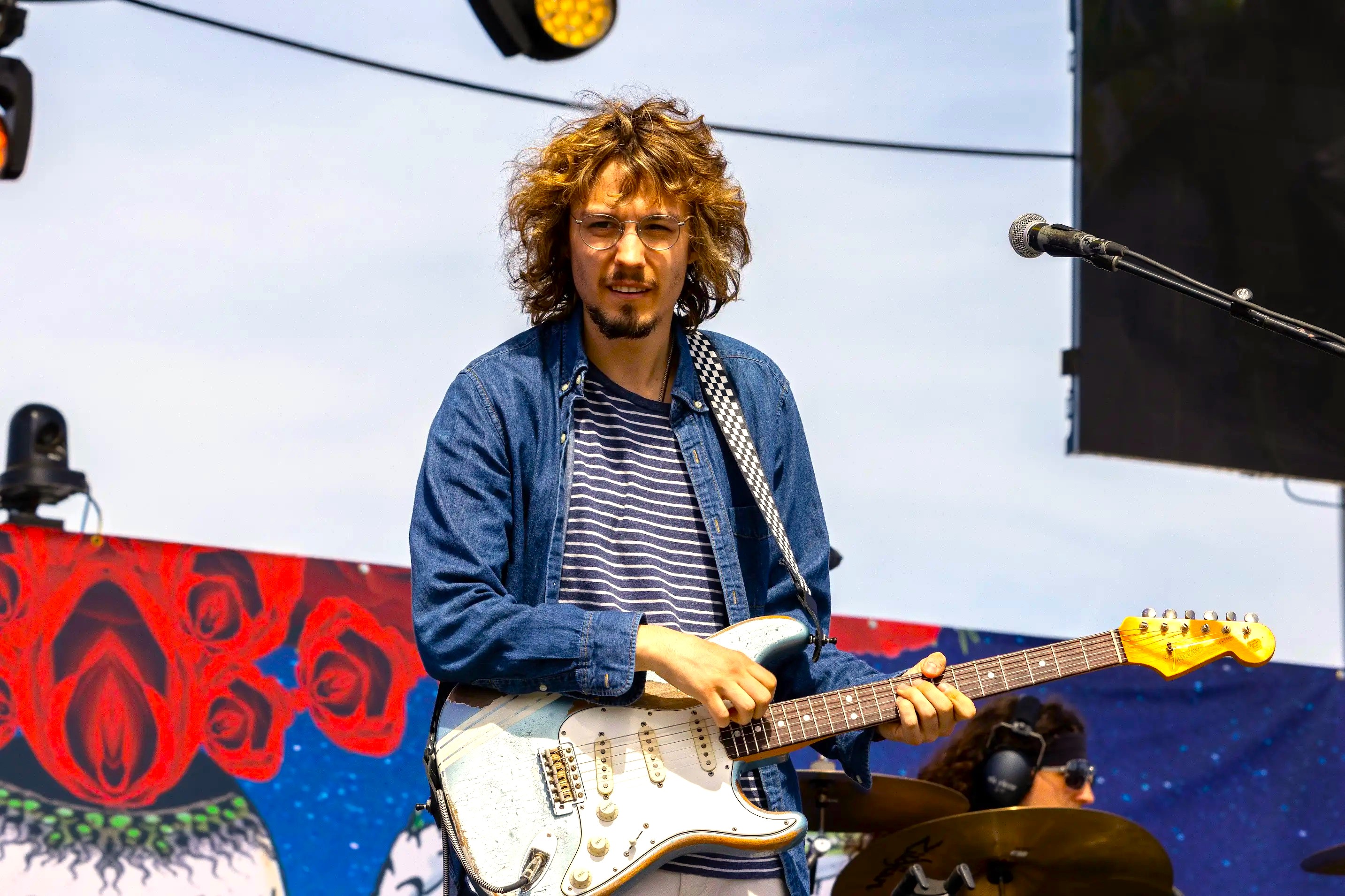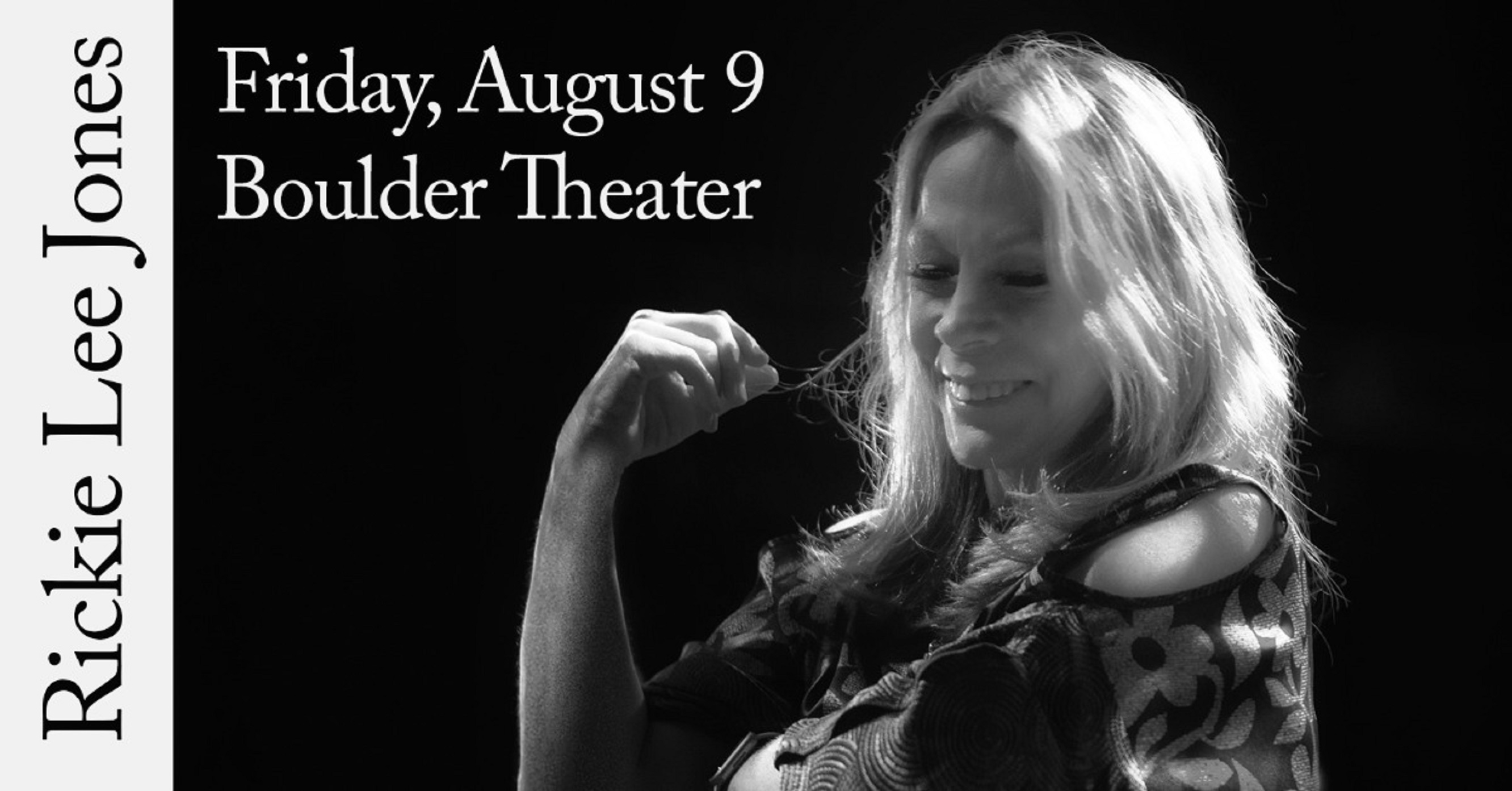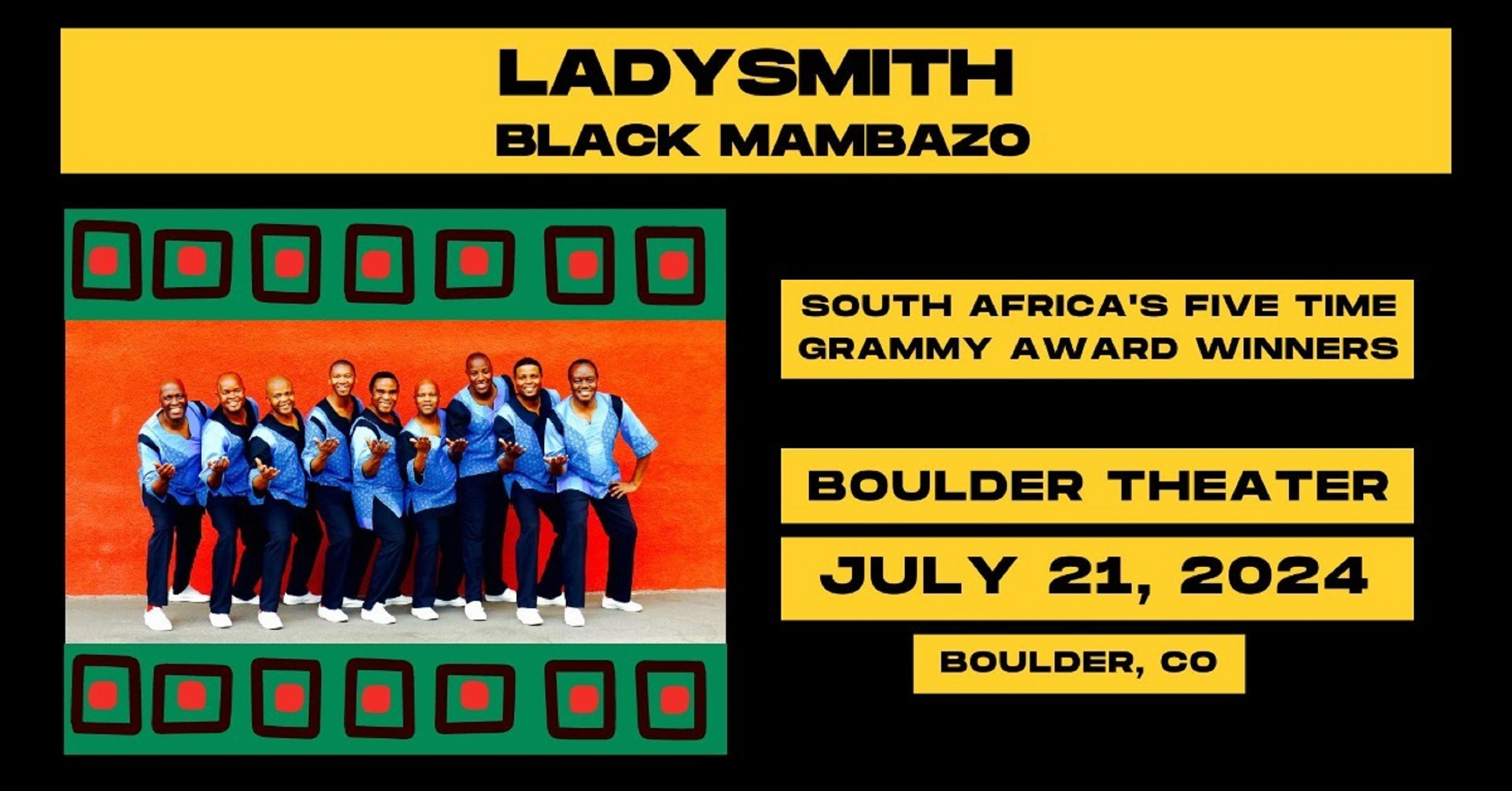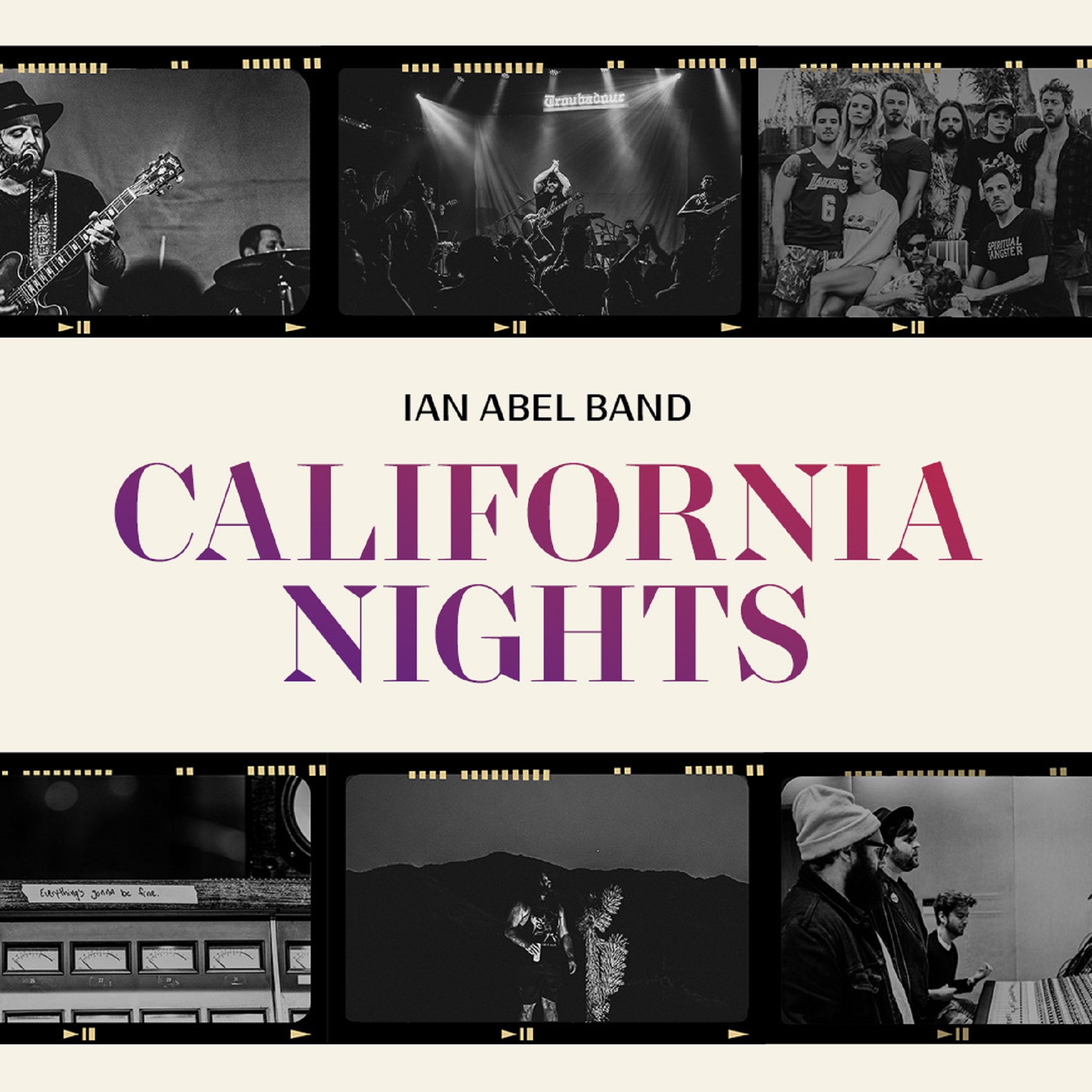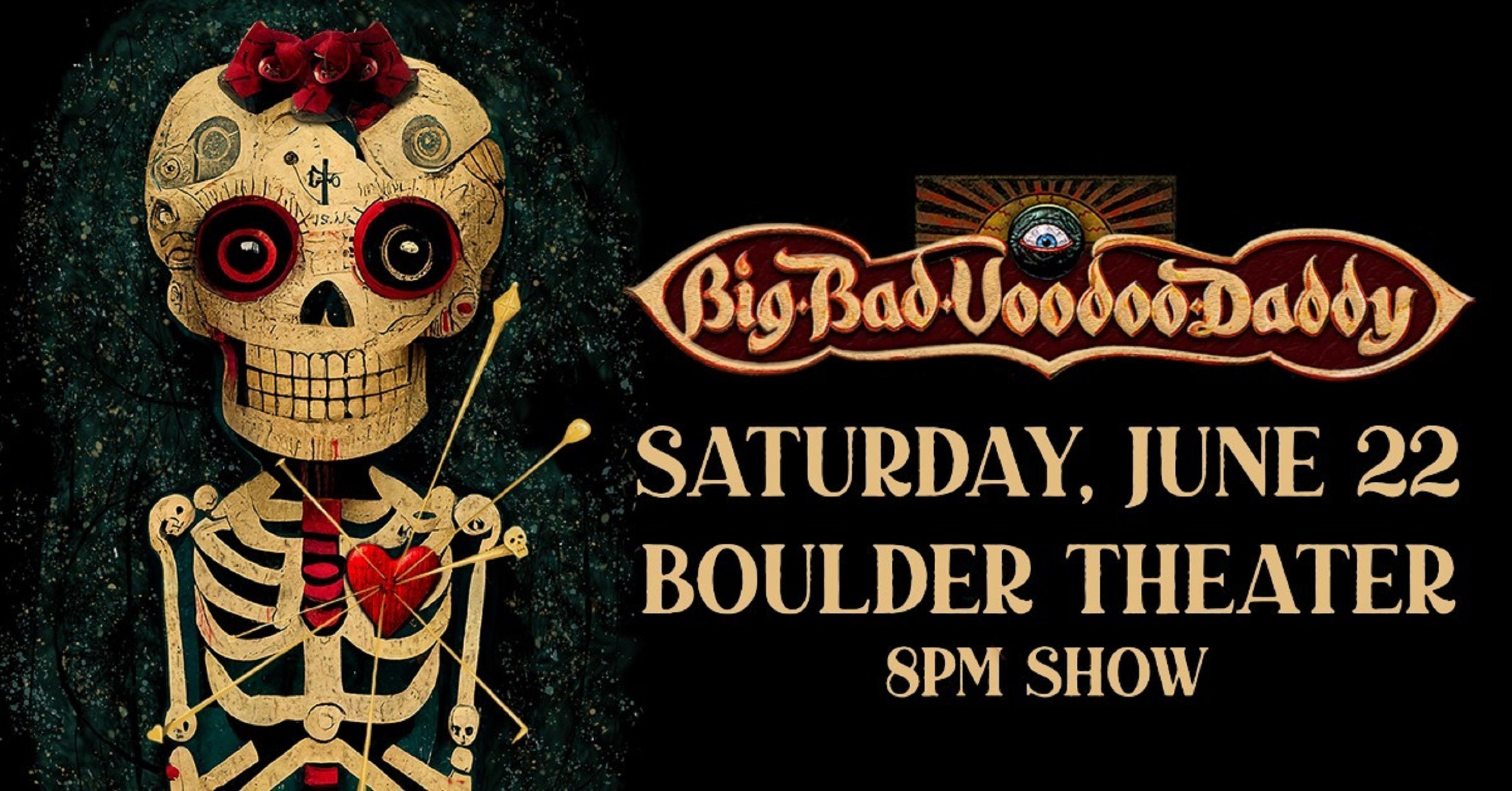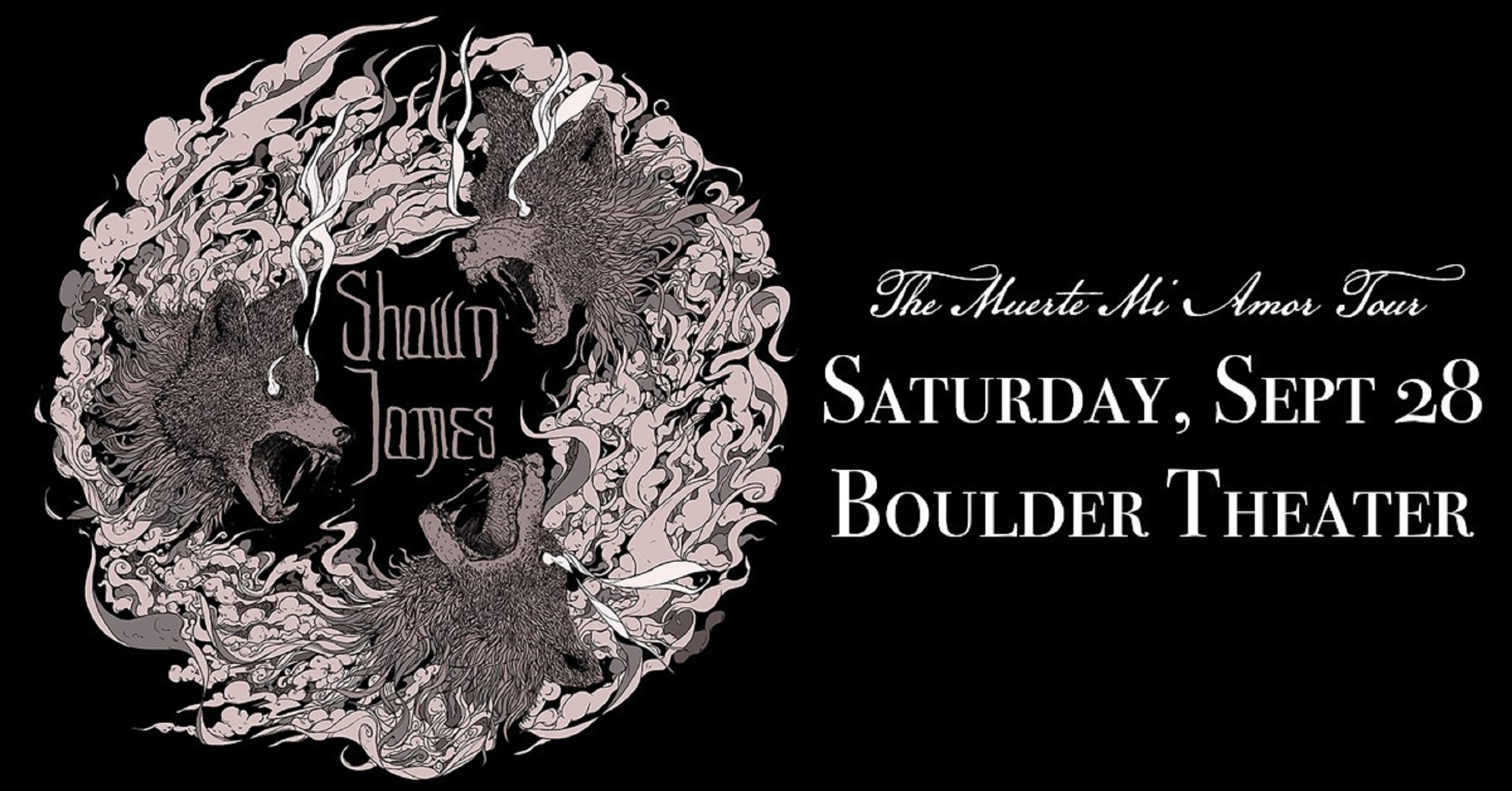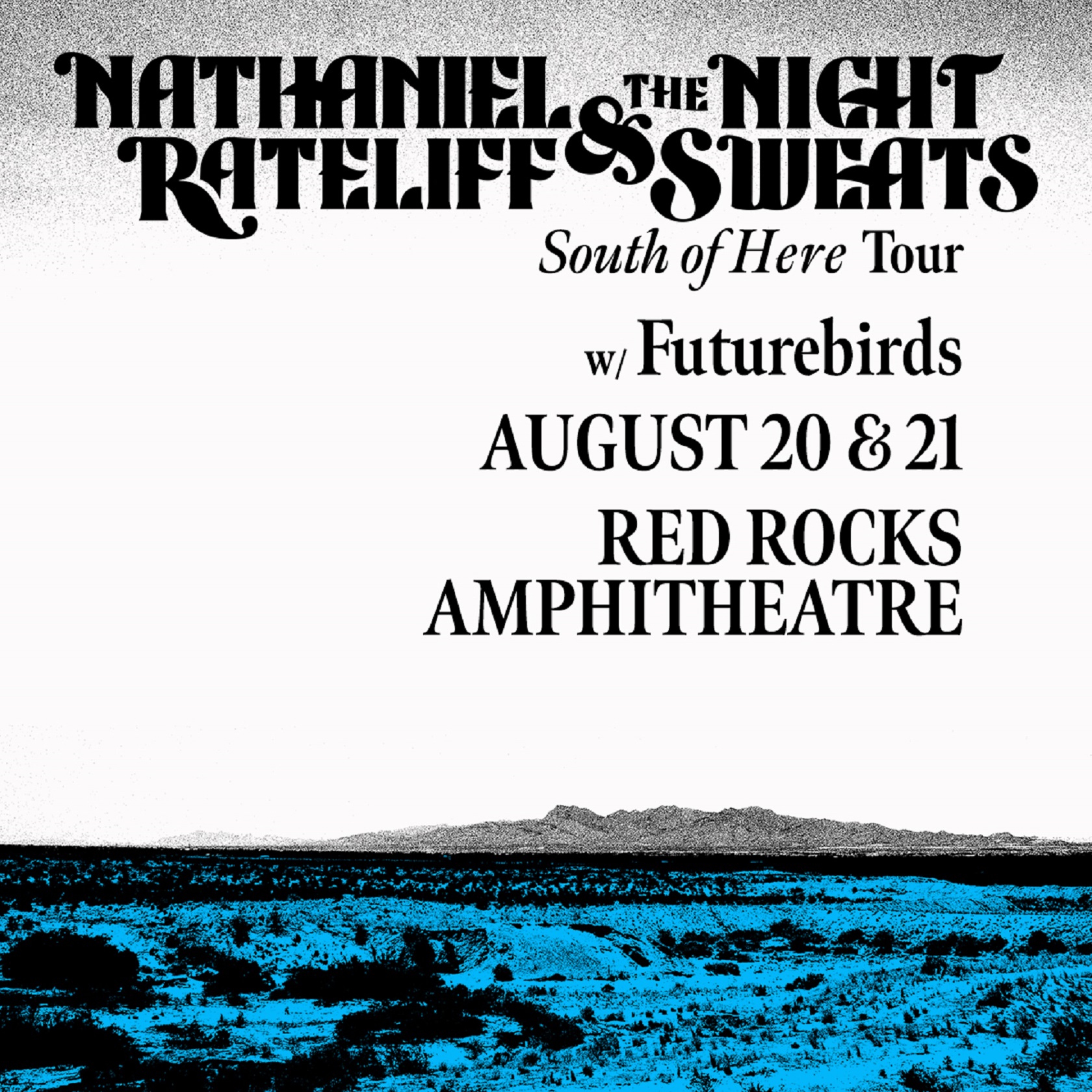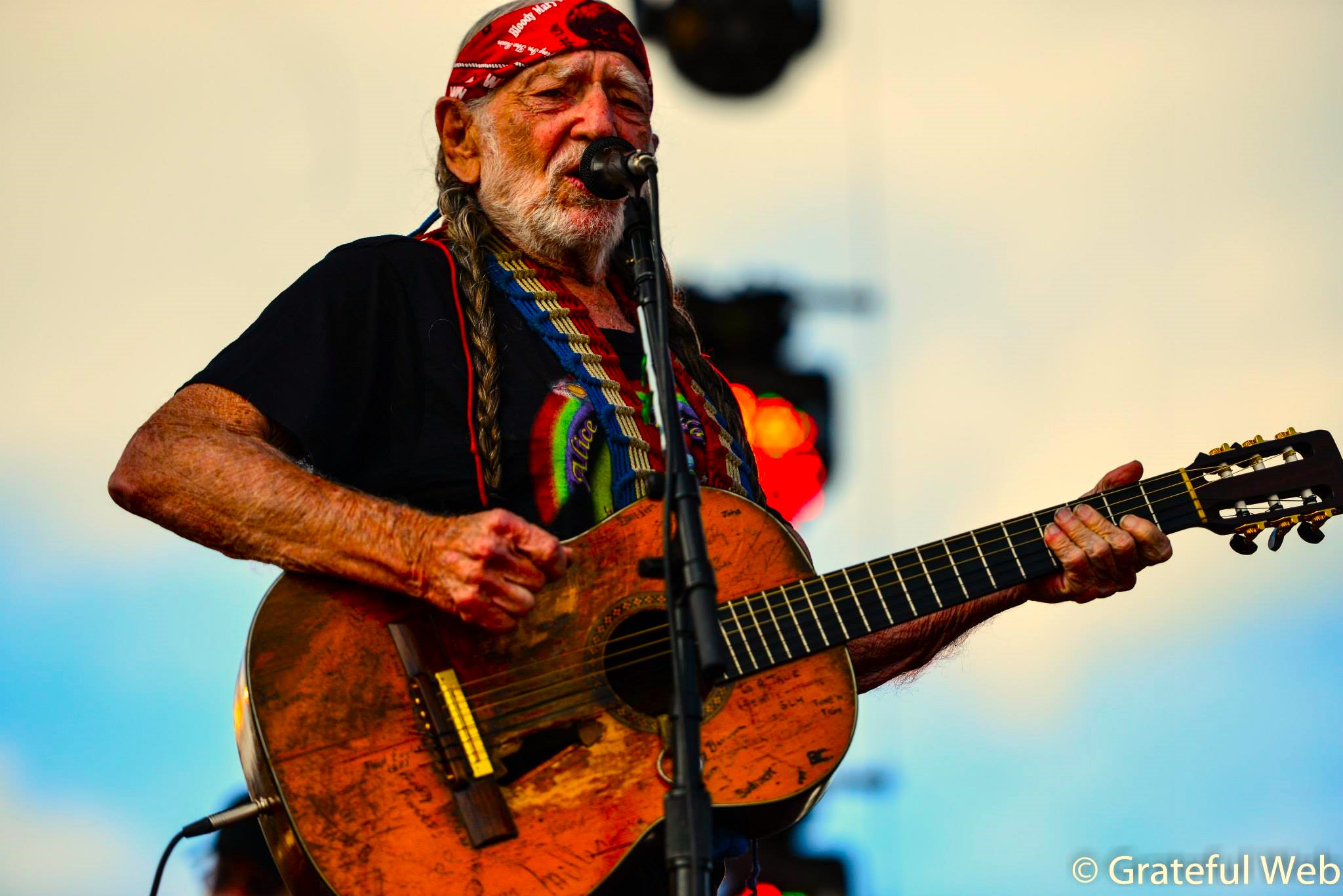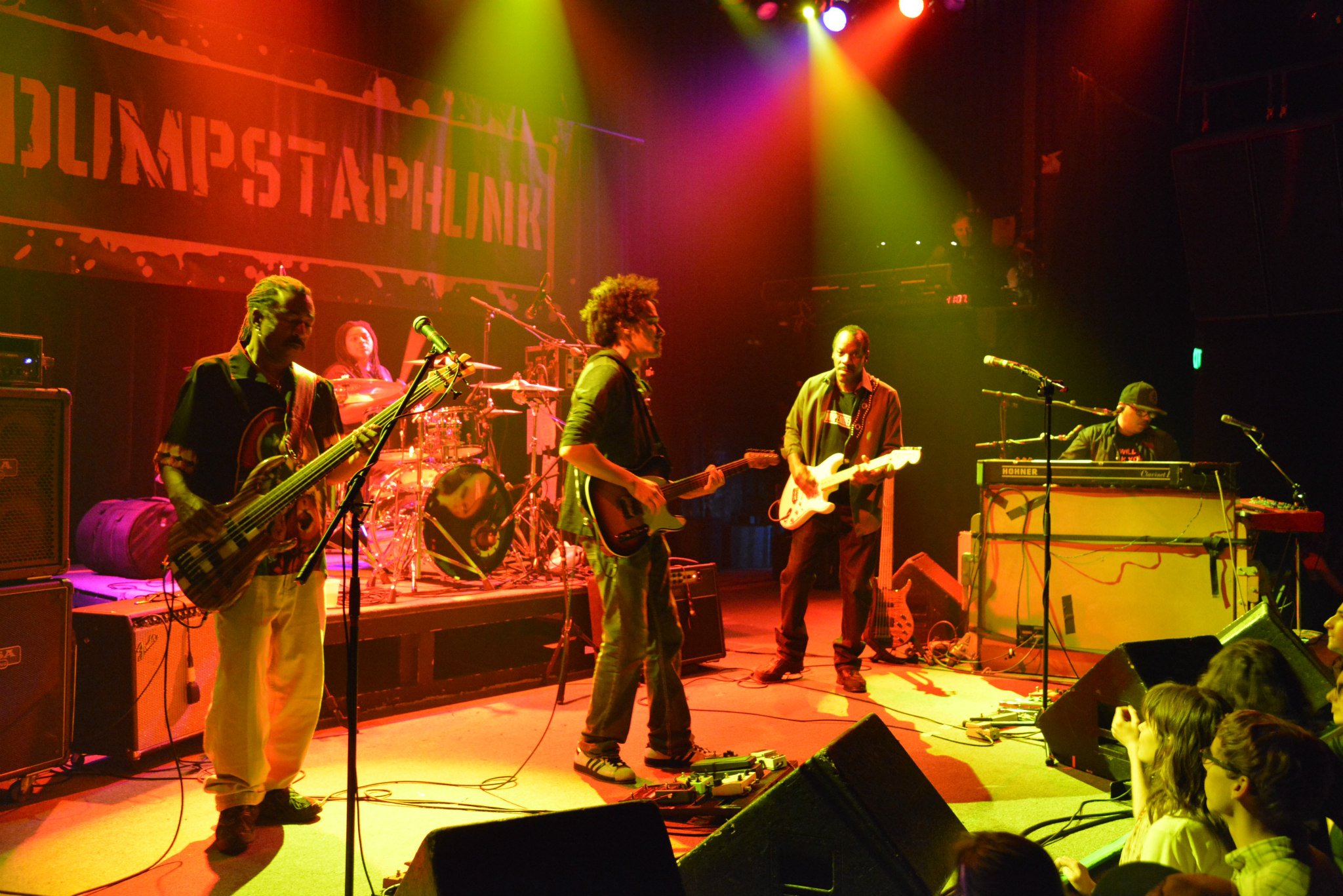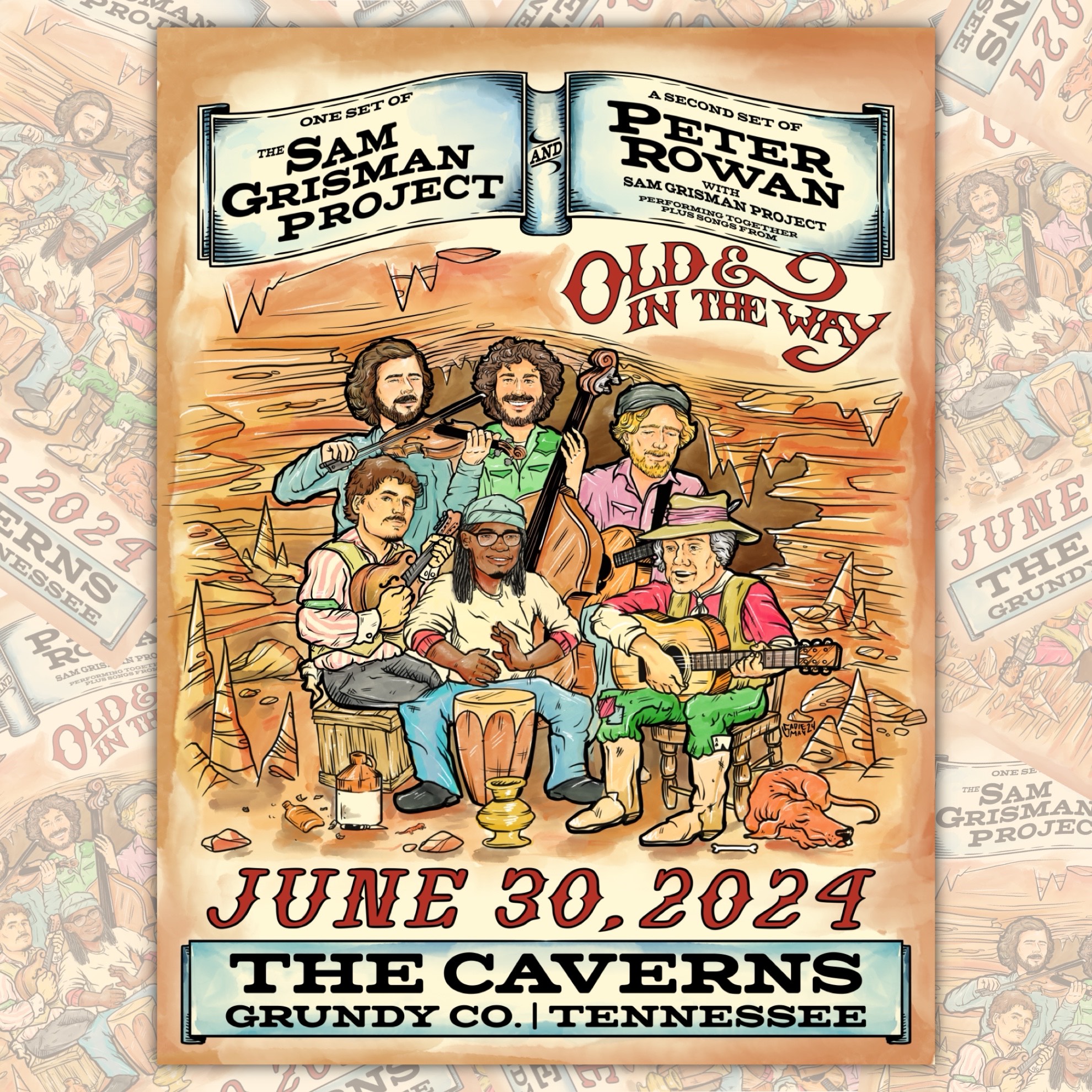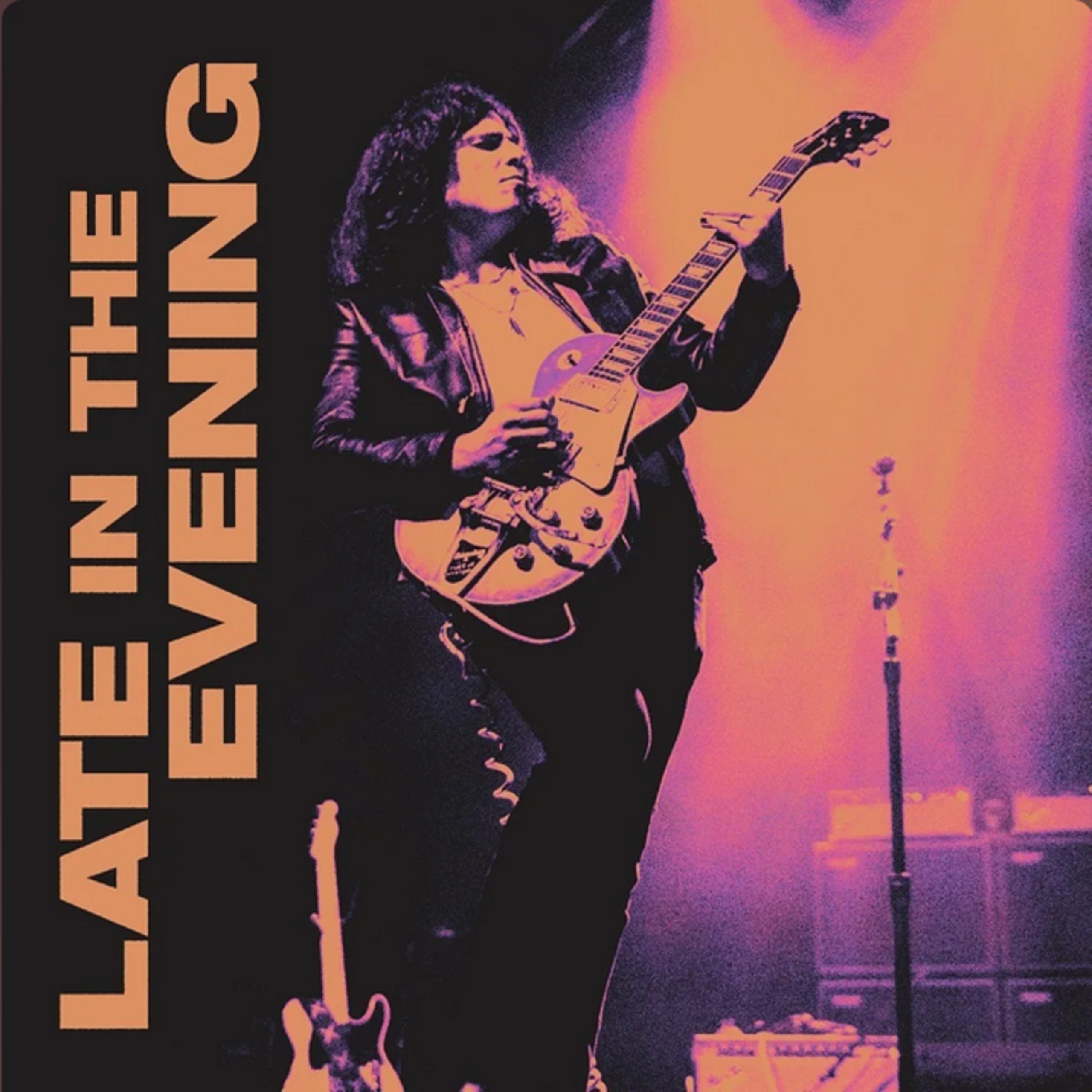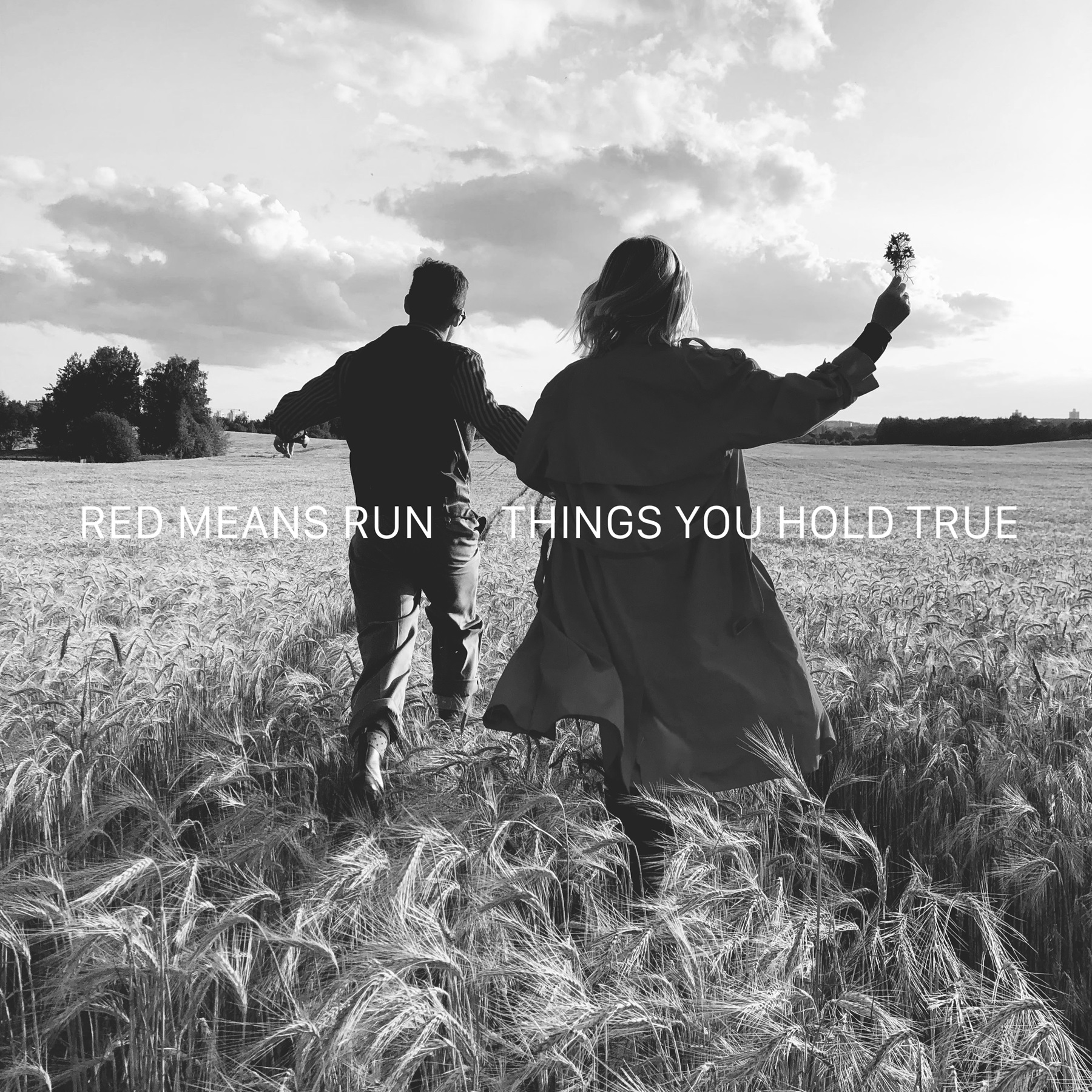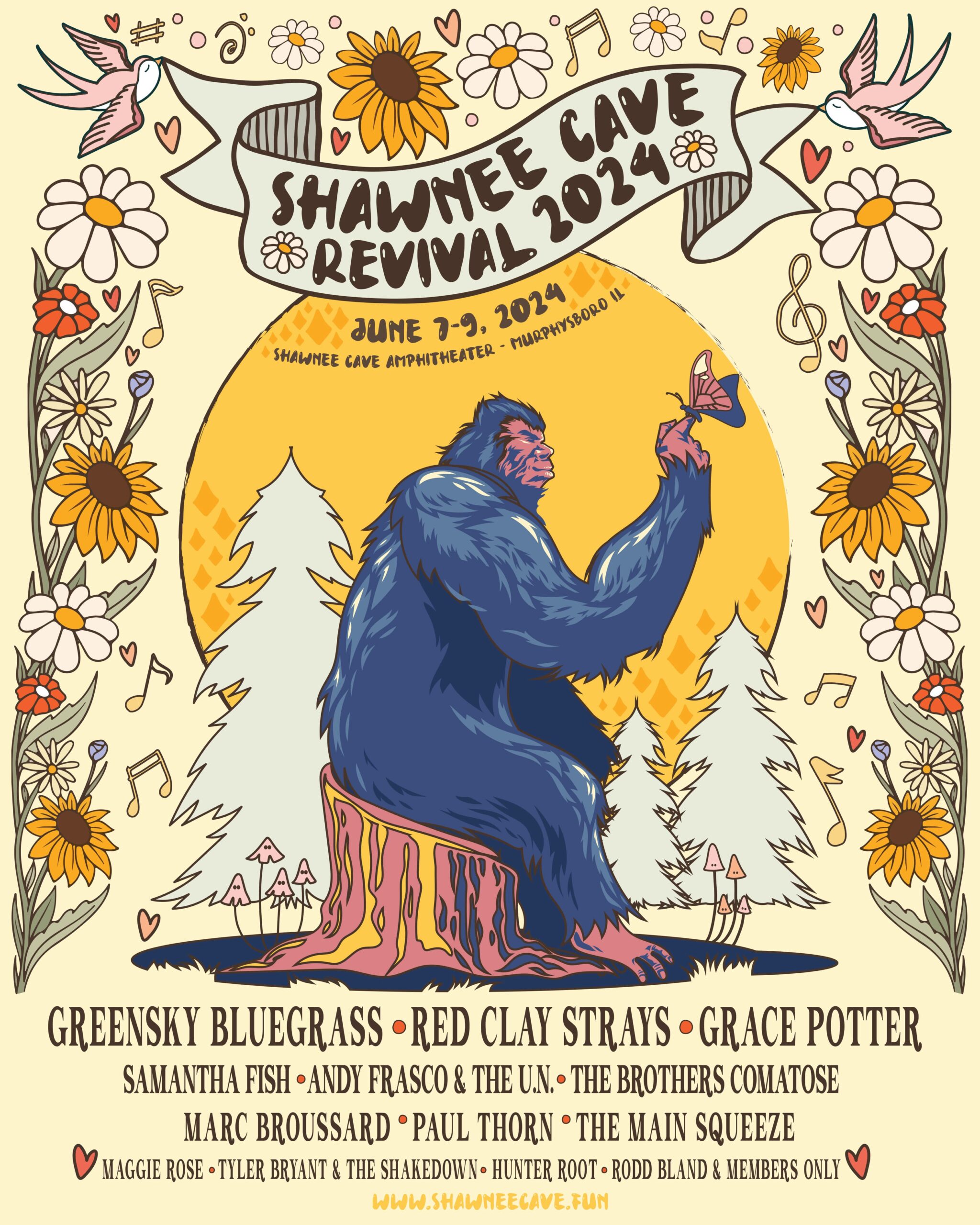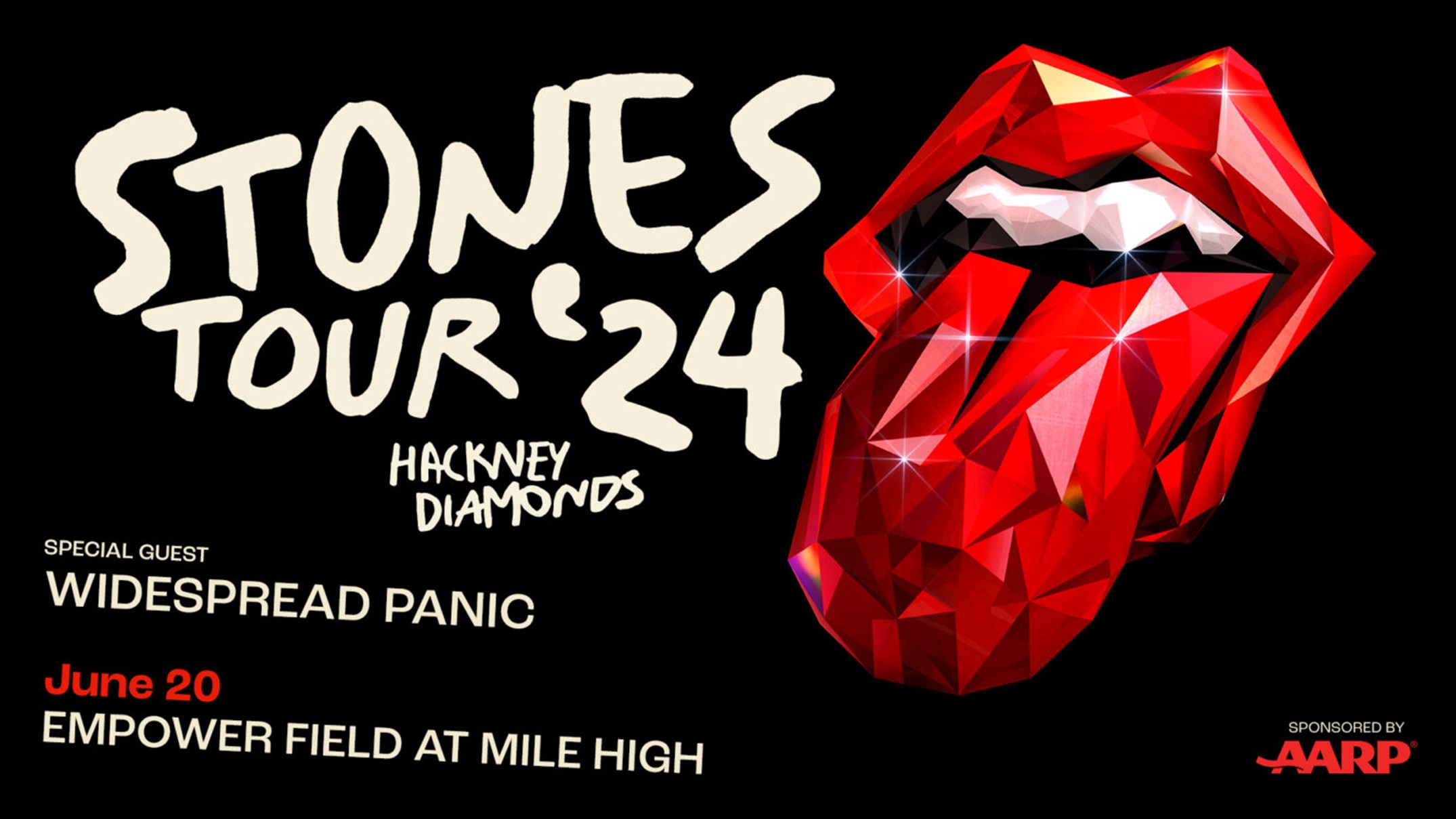Dogs In A Pile (DIAP) just announced their first batch of 2024 dates a few weeks ago and are fresh off a major tour in support of Pigeons Playing Ping Pong. As the band took a short break for the Thanksgiving holiday, Dogs guitarist/vocalist Brian Murray penciled in a date (11/25) to play a solo acoustic show at the famous NYC club The Bitter End. The stage has been graced by the likes of music titans Stevie Wonder, Bob Dylan, Chick Corea, David Crosby, Neil Young, and many more.
The solo show, Murray’s first, featured an onslaught of classic tunes – including debut covers of Tommy Emmanuel’s “Locomotivation” and “Angelina”, Ray Charles’ “Hallelujah I Love Her So”, and Grateful Dead’s “Ripple”. He also debuted originals “Just About Rain”, “Wildflower”, and “Take Us to Mars” while treating the audience to an energetic version of DIAP’s “Go Set”. It was a special intimate night for both the fans and the talented picker – which was capped by the performer asking the crowd to sign the poster artwork from that night as a personal keepsake and to commemorate the occasion.
Continuing our exclusive interview series with the quintet, we spoke with Brian prior to his homecoming gig.
Grateful Web (GW): You’re from the town of Manhasset on Long Island, NY. Talk to me about growing up there and what hobbies you had.
Brian Murray: Growing up in Manhasset was interesting because it's a big lacrosse town and I never quite fit in with everybody. I kind of found my niche in jazz band in high school and marching band in middle school, playing bass drum in the pit. I also did theater for a while. I was really looking forward to getting out of school, going to a college where I could find a band and meet people that shared my passion. I only really had a couple of friends growing up around town that shared my passion for music – then eventually more towards the jam band scene and that whole world.
So, when I got accepted to Berklee, that was a big deal. That was the only school I wanted to go to since the beginning of high school. People would always talk about it. It sounded like the dream kind of place to get to, and it lived up to the hype.
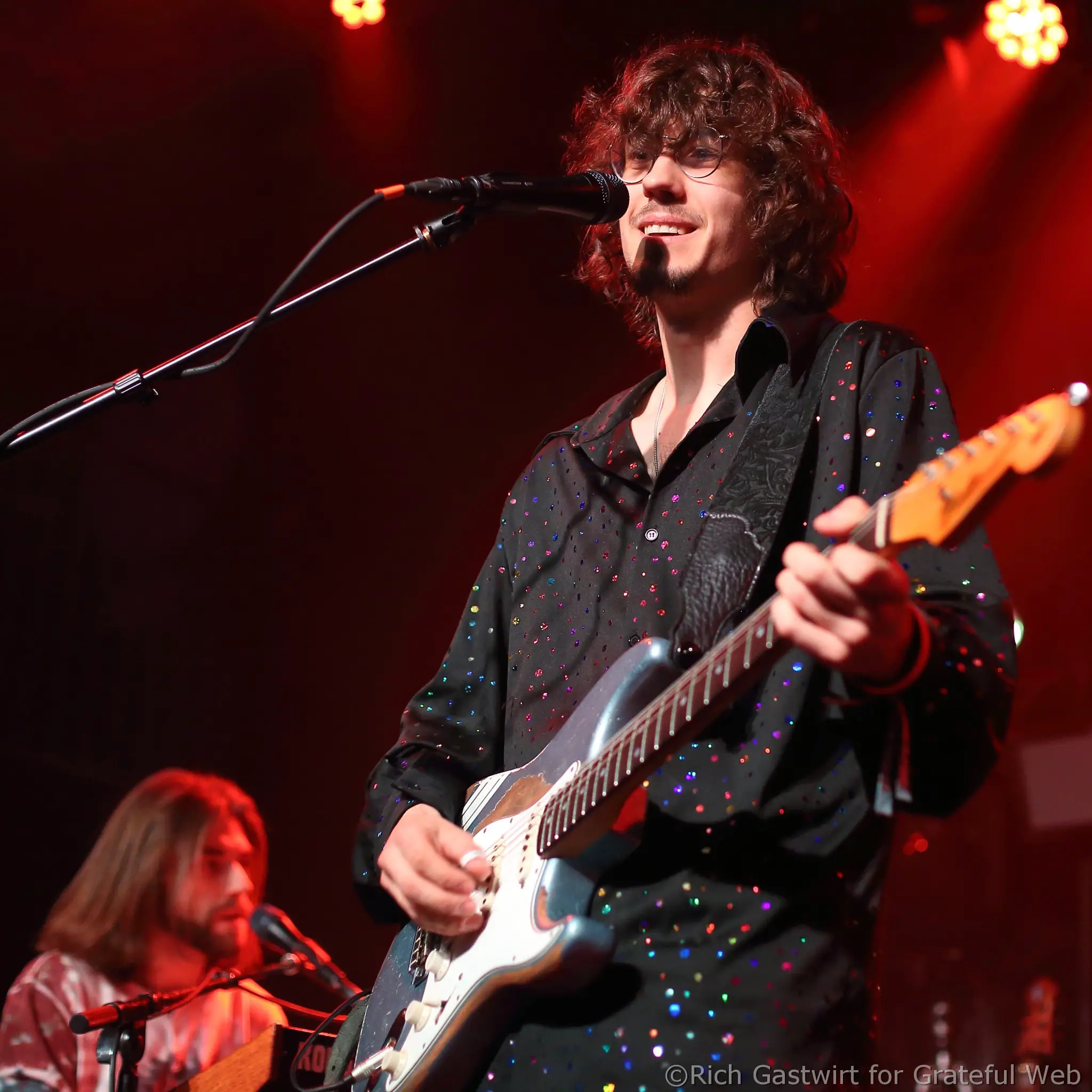
GW: Did you have any local musical mentors?
Brian Murray: Roy Harter was a huge influence on me musically and taught me so much of what I know. He lived in my town, and Mike Ainbinder, my guitar teacher for 10 years, was also a great influence. Also, Jared Scott, who was a great teacher of mine.
GW: Some of your lyrics lean towards being more abstract like Phish, but you also seem to draw a lot of songwriting inspiration from personal stories. Is there a song that's a callback or reference to Long Island?
Brian Murray: “Stevie Lew” is a really fun one for me because that's about my good friend Steven Lewis. That was not referencing Long Island, but New York City – where I spent a lot of my time in high school too. I would play on these podcasts in the city that were comedy shows accompanied by music. That song is a reference to everyone that I worked on a particular show with and the great times we had. With Roy [Harter], our friend Luisa, Stevie and our friend Dave. I talk about all of them. It's also got a nice motivational message in there. That's one of my favorites to play with the Dogs because it's very personal to me.
There's also “Bugle on the Shelf”. That's a true story about this silly little bugle that my friend Ben had on his shelf while I was jamming with him on Long Island. I came up with that on the spot and how he got it from his grandpa from World War II. A lot of Dogs songs are references to people and places that are real.
GW: What about fictional characters in your songwriting? Do you have a favorite?
Brian Murray: Thomas Duncan. He has the most personality about him.
GW: What's he about?
Brian Murray: I don't know. I’ve always liked the fiction about it. [Laughs]
GW: Sam Lucid said the same thing in our last interview. He said that Thomas Duncan was an enigma.
Brian Murray: That story is to be completed. We're still trying to find out exactly what is “supposed” to happen. [Murray is referencing the DIAP track “Thomas Duncan, Pt. 2” – to date Pt. 1 has not been released to the public. Although he did play a snippet of it to the NYC crowd at his Bitter End solo show]
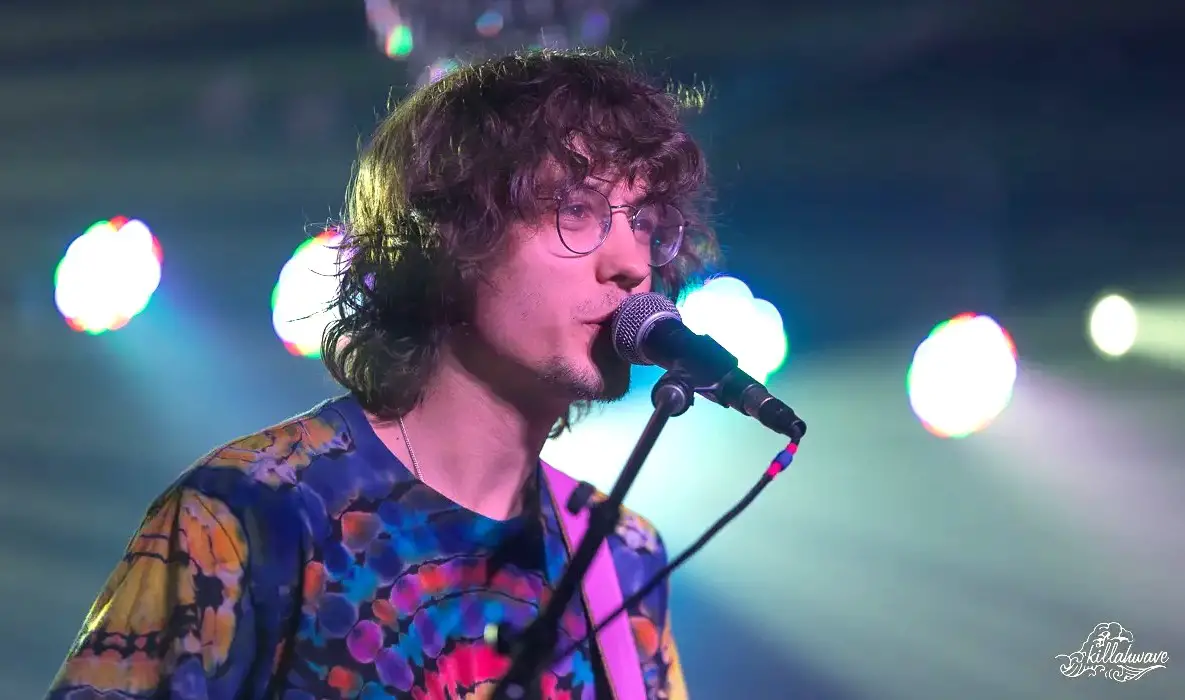
GW: We look forward to that!
You touched on it previously, you went to New York City often to play/catch music. Do you have a specific show that stuck out to you or a night that influenced you?
Brian Murray: Madison Square Garden was the center of the universe to me growing up. It was a 40-minute train ride from home directly to there. I saw my first concert there in 2009. It was Mötley Crüe. I'd never seen a concert before. I went with my dad, and that was like a smack to the face. It was rockin’ and I had never been to an arena before. I never knew about the concept of concerts until that night. That had a big influence on me. I thought to myself, wow, people do this stuff? This is crazy. I probably saw at least 25 Phish shows at MSG too, and all of those had a huge influence on me musically. More than any musical inspiration I've ever had. With Tommy Emmanuel or Jerry Reed being the exceptions.
I also saw Rush, Peter Frampton, Roger Waters’ “The Wall” – that was crazy. Most of the concerts that changed my life were in that building.
GW: Your dad did a great job.
Brian Murray: He brought me to my first 12 Phish shows. I got into them myself and then asked him if he could take me. He ended up liking it with me. Very cool.
GW: Do you have a personal favorite attended Phish show? Whether it's at MSG or another venue and why is it that one?
Brian Murray: I could name a couple. My first one was Jones Beach. I was 14. It was July 12, 2013. Seeing them for the first time completely changed things for me. It was wild. I was at a bunch of the “Baker’s Dozen” shows. “Jam-Filled” night was huge and a really great show. It was a special moment to see them at the peak of their success. When the banner came down and then they were crying during “On the Road Again”. It was an emotional night. “Magna Ball” night two was insanity – that was an adventure. I went with my dad to that one.
The first two MSG shows that I saw December 28 and 30, 2013 were ridiculous too. If you want to hear the loudest cheer I ever heard in my life from a crowd, three minutes in during “Simple”. It was the loudest and most excitable crowd I've ever seen in my life. Something that really excited me about those shows was how every single person in there was losing their mind the whole time.
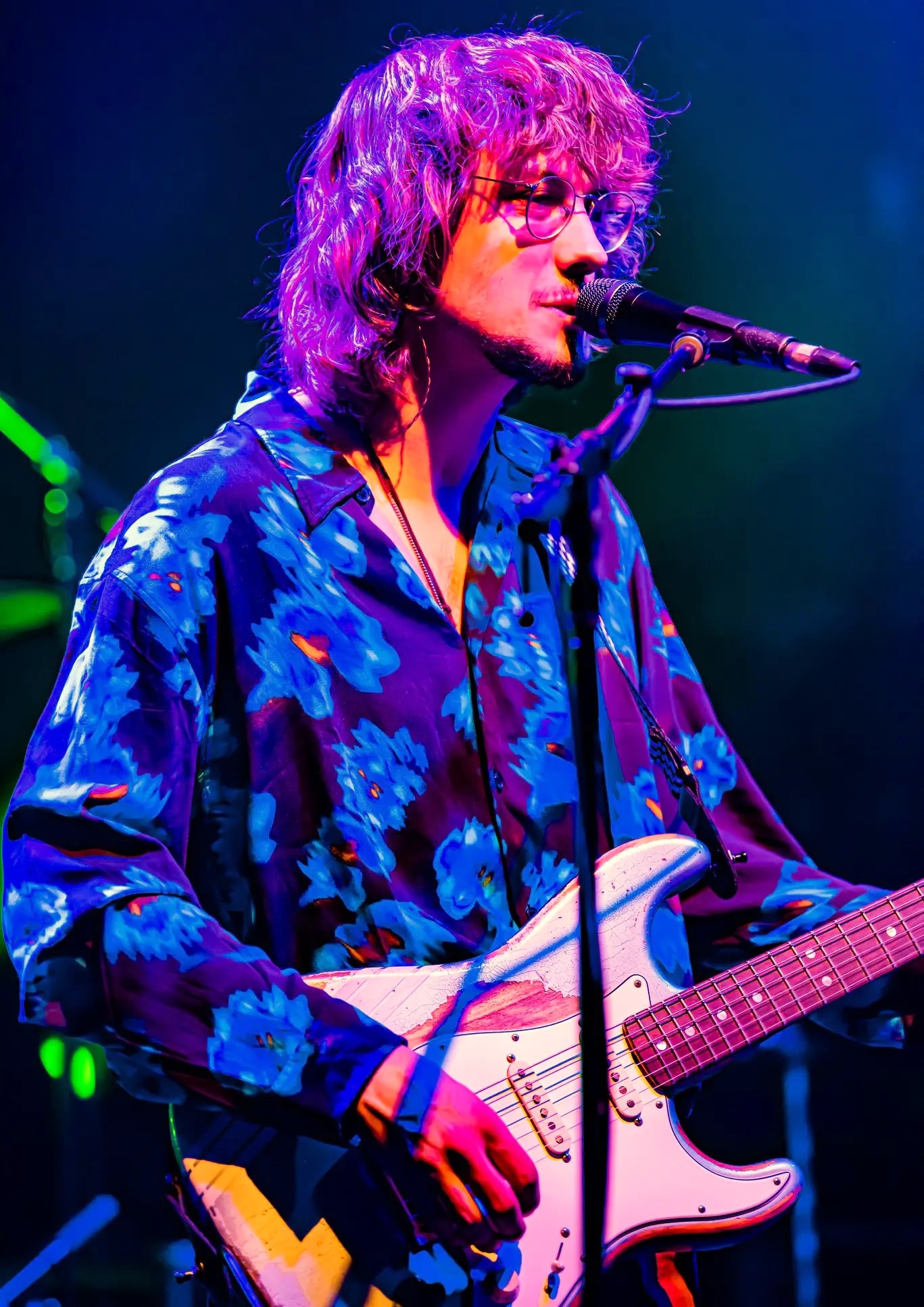
GW: Trey Anastasio specifically, can you expand on how he's influenced you and your playing style?
Brian Murray: I think Trey is the most righteous dude. The most righteous guy I've ever seen. He's so inspiring as a guitar player to me. I think he's very unique and knows how to play from the body and not the mind. Knows how to completely be in the moment and lose himself in the music – which is something that I strive to do every time I play. You can't always get “there”. He tends to get “there” a lot, which is something to look up to. I also love a lot of what he has to say about music in general, being in a band and what that means.
GW: You alluded to him going to a different “place” and that you try to emulate that. Can you describe that different headspace or zone that you go into? Is it describable in words?
Brian Murray: Yes. I had this class at Berklee called “Effortless Mastery”. It was taught by the author of the book, Effortless Mastery. His name is Kenny Werner. The whole point of the class is learning how to get into that space. It's really like a meditative state where you completely are not feeling the music through ego, but just pure observation without judgment. It's something that I'm still learning about all the time. I've had a few instances that I can think of distinctly where I was in that zone and realized it when I snapped out of it. When you're in that place, time completely disappears. The time is taken over by the music and it's a transcendent experience. It feels great. To me, it's one of the greatest things about music that you can experience. You could experience that as the listener too. It's not just limited to the player.
GW: If you want to share it, can you remember one of those times for you as the player?
Brian Murray: At Moog’s place in Vermont. We were playing “Spun”. I had this moment where we were playing – I completely stopped thinking and was in the music. Just flowing through it. It felt like it was flowing through the five of us at the same time, which is the very best when that happens. You can tell when it happens, there's no doubt. Everybody's feeling it at the same time and the audience can feel it too. The time slowed down and I actually felt as if I was playing in slow motion and that everything was happening in slow motion. I saw everybody dancing in slow motion and I knew the music was fast. A fast-paced crazy jam with Jeremy [Kaplan] ripping it up on the keys. I was observing it in a slower time somehow and that was one of the most remarkable experiences I've ever had on stage. There are plenty of others.
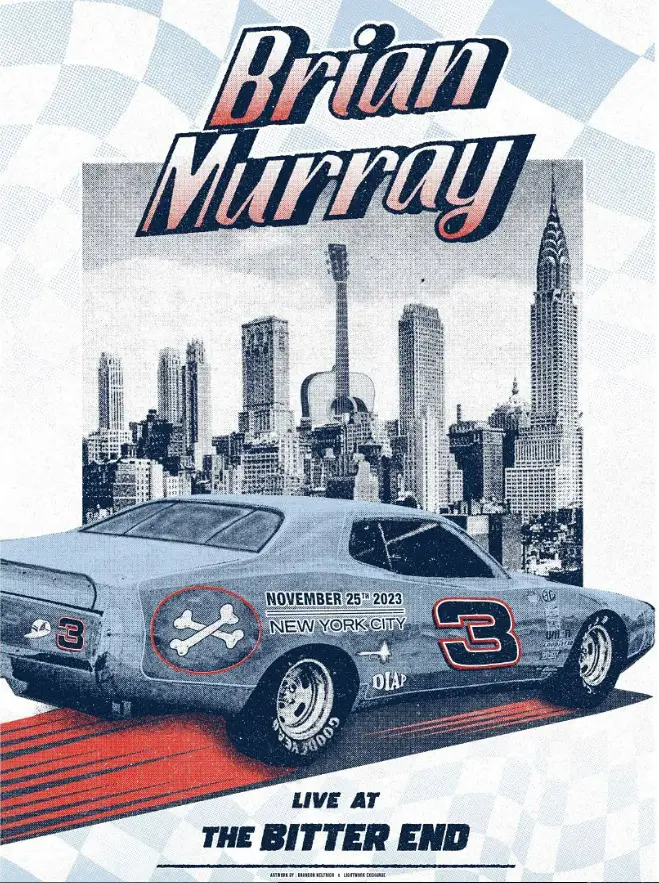
GW: Speaking of cultural icons like Trey, I've noticed a little bit of theme in your fashion. You've been sporting a lot of Dale Earnhardt gear and there’s a number “3” sticker on your guitar. Are you a big NASCAR fan?
Brian Murray: In the last year, I started taking an interest in motorsports. I think it's very cool and I strive to be able to drive a race car someday. I think about it every day and it’s something that I really want to do. It's a burning passion and desire to make that a hobby next to music. To me, it's almost meditative but invigorating at the same time because you're watching the same thing happen over and over again. But it does change and they are racing. So that's the meditative part. At the same time, it's invigorating because it's extremely loud and they're going extremely fast. Also, the burning rubber smells great.
GW: Do motorsports have any crossover for you as a creative outlet? Similar to Sam’s social media creativity.
Brian Murray: Sometimes in my solos, I think about “throttle” in the playing. That's cheesy but true. I also started coming up with a lot of grungier Telecaster guitar things. It feels like stuff that could be the soundtrack to a NASCAR game. Likening the jam world to racing, the scene is hot right now with a lot of bands on the “track” – all “racing” to get to certain places.
GW: I’ve noticed you wearing fancy sequin jackets at a few gigs [Asheville and Saratoga in early 2023]. Do you have an affinity or an interest in fashion as well?
Brian Murray: [Laughs] Oh boy. I've been thinking about fashion a lot for some reason. It's something that I enjoy. It's fun to wear different things. My friend John Maruca gave me those jackets.
GW: Can you think of a song that you had an atypical writing process for that stands out to you?
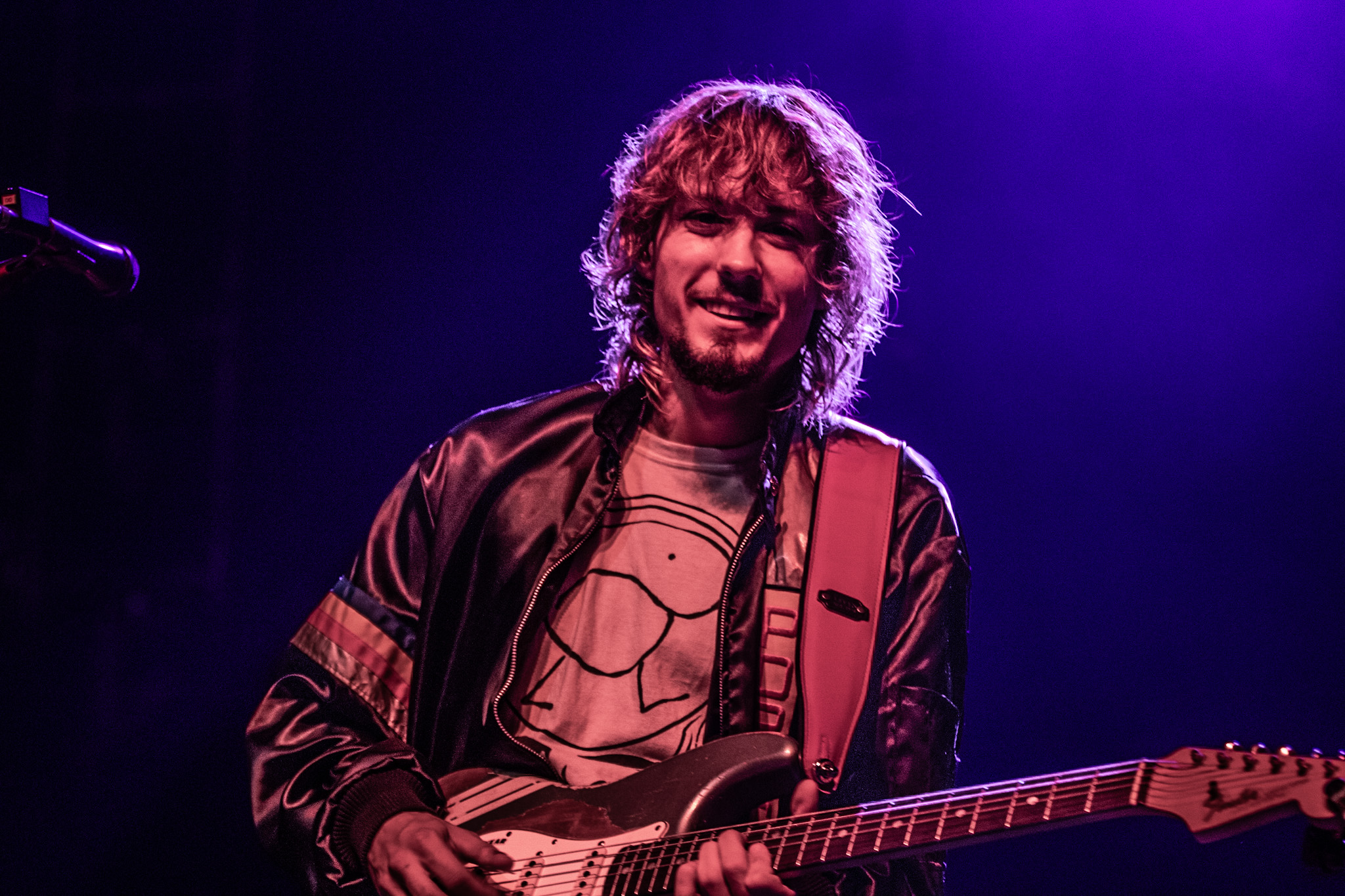
Brian Murray: “Go Set” is a fun one because I wrote that about growing up in Manhasset. ‘Set’ is short for Manhasset. That's a bumper sticker that used to be on everybody's cars in town, rooting for the sports teams and for school spirit. The song talks about growing up around NYC and how Penn Station is changing. About how some kids liked growing up there and others hated it. It was one of the first songs I ever wrote in high school. It took me the longest to write lyrics. It was an instrumental and I threw out a lot of scraps of paper trying to get it right to come up with something cool that worked because I knew it should have lyrics. That's a fun one to talk about. It took so long and now we're finally able to play it with the lyrics.
“Appleseed” was a great process. Sam talks about how he completely wrote that from a flow state. That's happened to me several times. “Back to the Start” is one of those songs. It’s about some personal stuff that I was going through maybe without directly talking about it.
GW: Where did you adopt your unique thumb-picking playing style?
Brian Murray: I was fortunate to go to a week-long Berklee guitar program in Boston when I was 14 years old and saw a Jerry Reed and Chet Atkins ensemble performance by the students. It was led by Rick Peckham – who is a great teacher that taught me a whole lot. In that same weekend, I also saw Tommy Emmanuel do a clinic and a performance. I'd heard of none of these people before. Chet Atkins, Jerry Reed, and Tommy Emmanuel. They're all tied together. Chet Atkins inspired Jerry Reed. Both of those inspired the hell out of Tommy Emmanuel – who became this guitar wizard. The greatest acoustic guitar player in the world. Hard to argue with.
I was completely floored. I started playing guitar by holding the flat pick wrong and could never figure out why I couldn't play so fast. Because of that, I didn't use a pick a lot and used my fingers. It was a happy accident when I saw Tommy Emmanuel and all these guys playing with thumb picks because I said to myself – that's it. The next day I went to Guitar Center, bought a pack of thumb picks, and was off to the races. I didn’t pick up a flat pick after that for probably a year or two. It was difficult at first and I didn't quite understand it, but I knew what I heard was really cool. So, I kept with it and made myself learn the style.
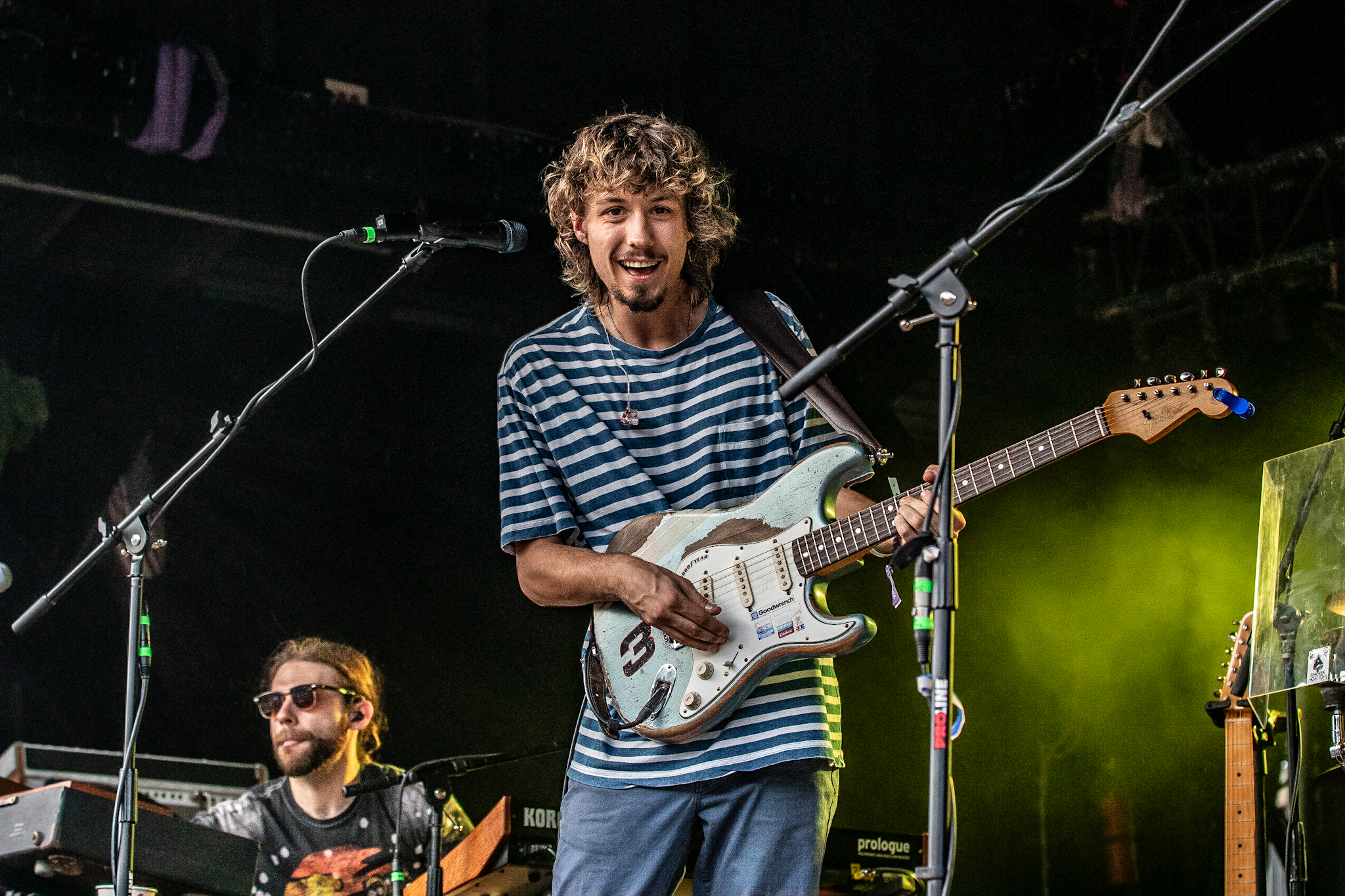
It's been great and I love it. It's so diverse and you could do so much. You could always just close your two fingers together and use it as a flat pick. It enables you to do banjo rolls and accompany yourself with your own bassline. As well as separating your fingers to be able to do the bassline and melody at the same time. Around that period, I started getting into Phish and Grateful Dead. Those five artists [with Reed, Atkins, and Emmanuel] – I tried to mix together the best I could. Not only do I play the fingerstyle the traditional way, but I also incorporate it with the funk that comes from those jam band influences. People like Cory Wong – just kind of flicking the wrists around.
Also, playing rhythm like tucking the thumb pick in my hand and using the rest of my hand to slap the guitar to play a funky rhythm. I was always interested in trying to come up with my own style and feel it's starting to come to fruition. It's neat to see how it inspires others too because that's what it's all about.
GW: Does your tone come from a specific genre that inspires you? I know you mentioned funk. I personally hear more of a twangy bluegrass/country tone. Does any of that come into play and do you have any inspiration from the bluegrass/country world?
Brian Murray: There's a lot of that too. I love bluegrass guitar monsters like Tony Rice and Doc Watson. Bryan Sutton – to name a few. I also love some chicken pickers like Johnny Hiland, Brad Paisley, and Brent Mason.
I definitely try to accumulate all that stuff together. Sometimes I'll notice bits and pieces of certain inspirations coming out on a recording when I'm listening back. Then there's lots of straight rock and roll and jazz influence too. My first heroes before anybody were Jimmy Page and David Gilmour.
GW: Sounds like you've picked up a ton of influences.
Brian Murray: I'm still finding my favorite guitarists. I mean, I'm glad to play in a band with Jimmy [Law]. He's one of my favorite guitar players. It's been great to get to know and sometimes play with some of these great guitar players in the jam scene. Like Lyle Brewer, he was a teacher of mine at Berklee. He's from Neighbor. Also Rob Compa from Dopapod. Daniel Donato.
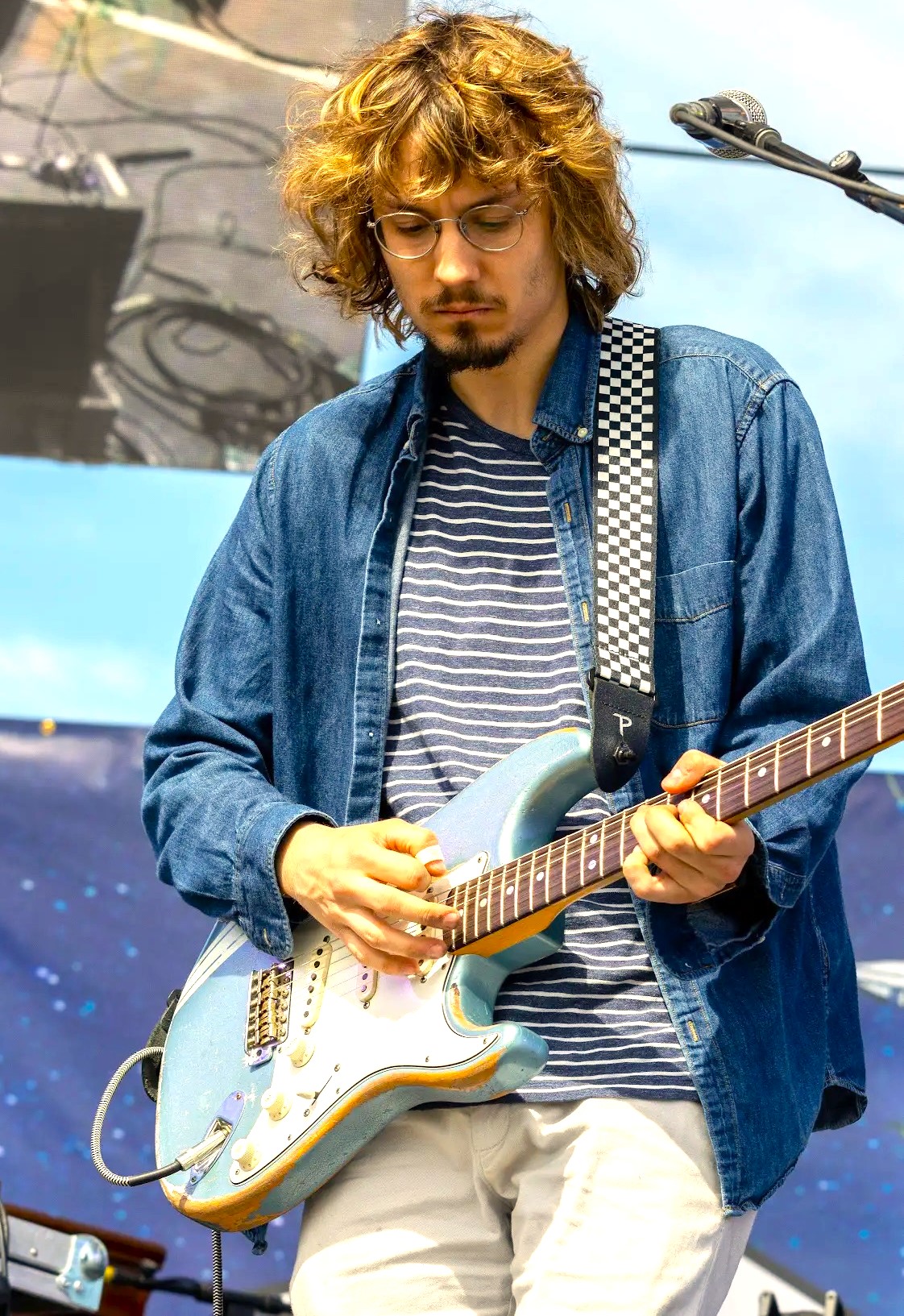
GW: I've seen you experiment with a lot of different guitars lately. How many do you currently have access to and do you have a favorite?
Brian Murray: I've got three main electric guitars. I currently have two Stratocasters. One is a masterbuild by Greg Fessler of Fender. I bought it in Miami when I was down there. It was just an amazing guitar. It’s got the racing strip. I love the racing stripes. So does my other Strat which is a Japanese Stratocaster from 2018. That was the guitar I bought when I was first joining Dogs In A Pile. I've also got a Fender Telecaster that I've had since 2010.
In the acoustic world, which I play a lot when I'm not on stage – I have a Martin OM-28 from 2015. That’s my number one guitar ever.
GW: You did mention that Jimmy was one of your favorite guitar players. Who do you think has faster hands? You or Jimmy?
Brian Murray: I think Jim's got the speed. I can pick, he can shred. I feel like that's the difference there. I was always super impressed, even when we first met.
GW: What do you personally think encompasses a “good” Dogs show?
Brian Murray: The interaction between the band and the audience. Or the audience in the band. The chemistry is usually good, but sometimes it's really really good – those are the best nights. You always feel the want to take risks. When the energy is really good, you feel more wanting to do something that maybe you've never done on stage before. Whether that's reaching for a certain vocal note – that you didn't know you can hit – or playing a crazy lick that you didn't even know you can do.
GW: I asked Sam the same question: what does the “Dog Pound” mean to you?
Brian Murray: I think it's just such a great group of friends. Everybody knows each other. It's so fun to see different groups of friends come together and relationships being formed around the band on the road. It’s great to see these friend groups form in different cities. Whether it's the Philly or Vermont crowd or the Upstate New York or Colorado crowd. North or South Carolina.
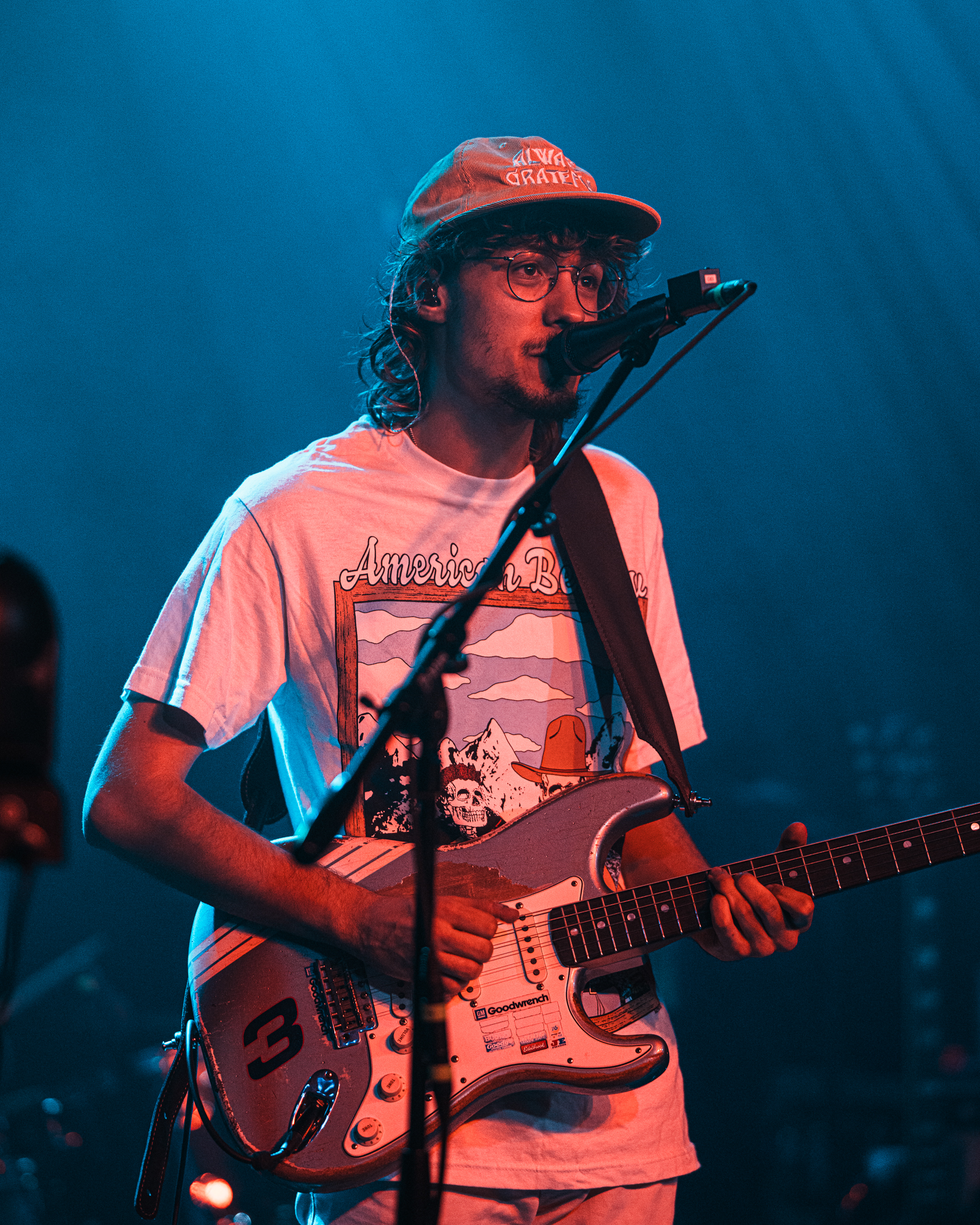
There’s also a lot of people that are helping advance the thing. Making pins and t-shirts or helping out with social media. Giving creative ideas or interviews. It's a really cool thing. Everybody is stoked for this thing to happen. Stoked to be along for the ride.
GW: Why is the second album called “Bloom” and is there a theme in the tracklist that leads back to the title?
Brian Murray: We were trying to think of names, and I started thinking of the last names of people we know. We thought of Michael Bloom – the guy who mixed the album. I thought that sounded nice. He had a lot to do with how the album sounds. I'm grateful for his involvement in it. It's an homage to him, but I also realized that it would be a good name because the band was really “blooming” around this time. It’s evolving. So is the Dog Pound. I thought about that a lot too. The Dogs are putting their paw print on the scene.
That inspired the artwork as well. We were thinking it'd be good to have a kind of flowery theme. I like the fireflies on it. Also, the sunflower part in the middle looks like a speaker. Then you have the inchworm poking out there somewhere too.
DIAP will round out their year by opening for Andy Frasco & The U.N. in Harrisburg, PA; Buffalo, NY; Columbus, OH; and Louisville, KY. After which, they’ll host a two-night holiday run at Asbury Park’s legendary Stone Pony, play late night at Sony Hall in NYC after Phish’s opening show of their respective NYE run, and finish off 2023 by headlining their very own NYE run – two nights at Putnam Place in Saratoga Springs, NY.
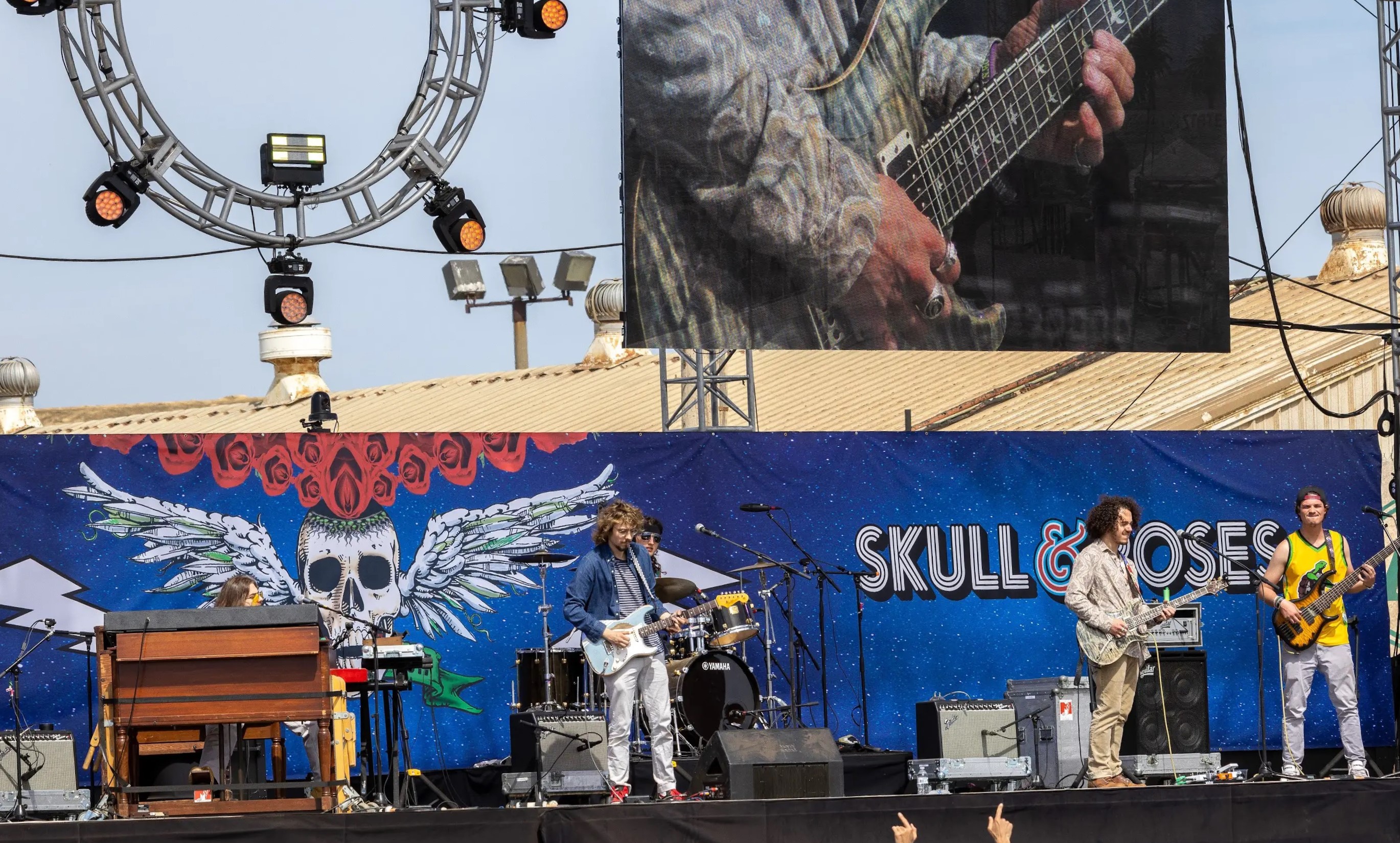
Dogs In A Pile are an eclectic five-piece band hailing from Asbury Park, New Jersey. The members include Jimmy Law (guitarist), Brian Murray (guitarist), Sam Lucid (bass), Jeremy Kaplan (keyboardist), and Joe Babick (drums).
Ready to join The Dog Pound? Head on over to dogsinapileofficial.com for their latest soundboards, future tour dates, official setlists, merch, and much more… and stay tuned for more exclusive interviews with the band on The Grateful Web in 2024.






